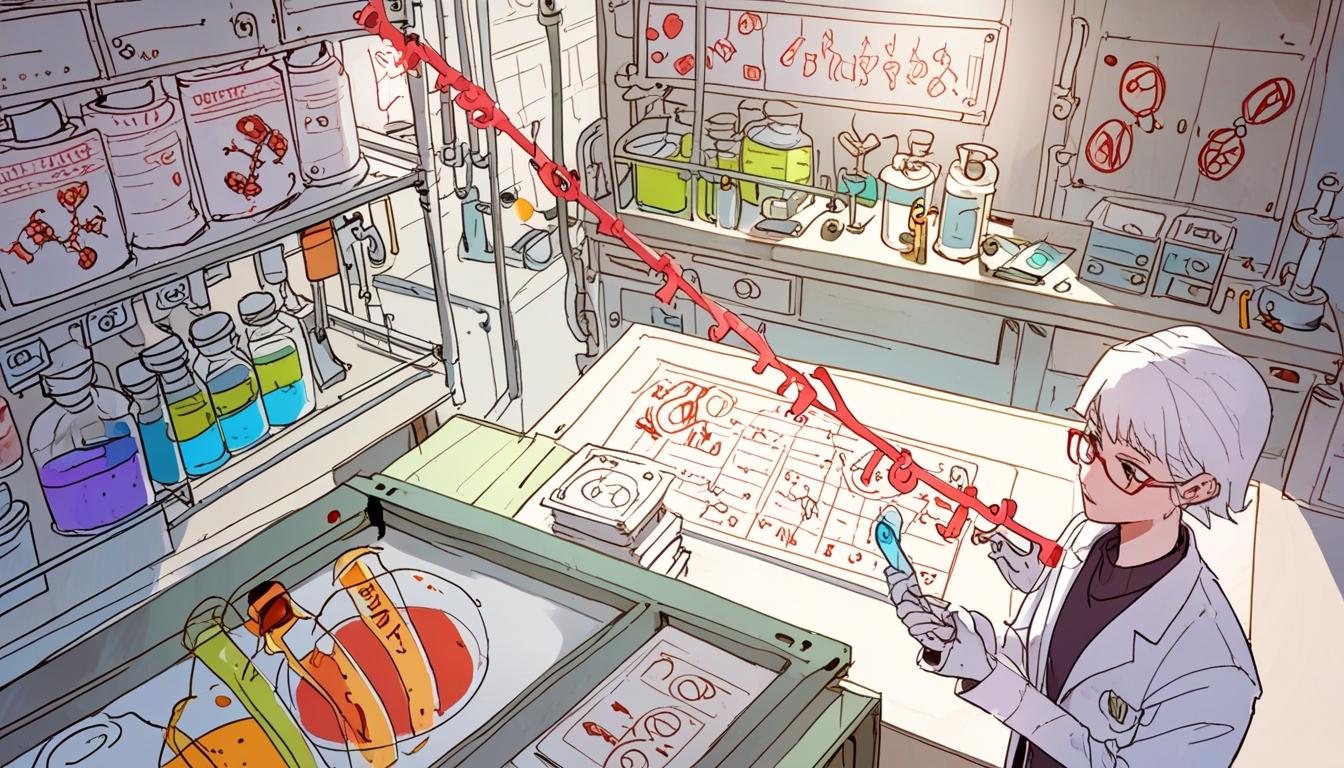Engineering processes involving genetically modified microorganisms (GMMs) are gaining traction in environmental biotechnology, offering various ecological solutions. However, ensuring the safety and trustworthiness of these engineered microbes is paramount to prevent potential adverse effects on biodiversity. In-depth ecological risk assessments are required before the deployment of such microbes to ensure that they do not disrupt established microbial communities or pose risks to higher trophic levels.
Legislative frameworks within the UK are particularly stringent when it comes to the deliberate release of genetically modified organisms (GMOs). Since 2011, only three consents have been granted for the release of GMOs, with two additional requests still pending. The regulatory oversight in the United States is similarly rigorous, managed by three agencies: the Food and Drug Administration, the Department of Agriculture, and the Environmental Protection Agency. It is anticipated that any engineered microbes implemented for environmental solutions would primarily fall under the governance of the latter two agencies. In the European Union, regulations governing GMOs are currently being revised to incorporate new genomic techniques (NGTs). There are considerations for updating the framework that may differentiate between organisms produced through conventional genetic modification and those developed via precise gene-editing methods. If implemented, this may ease restrictions for specific applications in environmental biotechnology.
The UK's recent passage of the Genetic Technology (Precision Breeding) Act in 2023 represents a significant legislative step, given the advancement of precise genetic modification techniques in plant biology. This act differentiates between traditional GM and precision breeding, which allows for genetic alterations that could not have occurred through natural processes. While the act presently encompasses precision-bred plants, there are discussions about extending these regulations to include animals developed with gene-editing technologies. The growing availability of similar technologies for the engineering of microbes implies that legislation may also need to adapt to encompass applications in environmental biotechnology.
Concerns arise regarding the controlled environmental release of engineered microbes, particularly those containing antibiotic resistance genes, due to potential risks of these traits transferring to pathogenic species. Emerging technologies in gene editing have led to the creation of microbial strains that do not possess any foreign DNA, with selectable markers such as sacB enabling the removal of unwanted antibiotic resistance genes. The application of CRISPR-Cas systems, combined with Directed Accelerated Revision Technology, is propelling the field of environmental synthetic biology but simultaneously poses challenges concerning biosafety and biosecurity.
Despite rigorous guidelines in place for traditional biotechnological applications, existing frameworks often inadequately address the emerging complexities associated with advanced synthetic biology and gene editing. As researchers explore more sophisticated containment measures, several technical obstacles remain. Accidental or unintentional release of engineered organisms may carry risks, including the potential for these organisms to thrive beyond their intended environments, leading to ecological disruptions.
To mitigate these risks, biocontainment strategies, also known as genetic firewalls, have been proposed. Approaches to genetically encode biocontainment may focus on various levels, including DNA replication, transcriptional modifications, and translation processes. These innovative strategies aim to ensure that modified organisms are intrinsically contained within their intended environments. Despite promising developments, challenges persist in achieving universally applicable standards for biocontainment, particularly at larger operational scales, where laboratory results may not directly translate to industrial applications.
Moreover, addressing the complexities related to the traceability of engineered organisms is gaining importance. Implementing unique identifiers, or genomic barcodes, integrated into microbial genomes has been recommended to facilitate tracking and managing engineered biological assets. This approach may prevent issues associated with genetic modifications potentially escaping into the environment and enhance regulatory compliance.
Governance challenges emerge from the growing complexity of biotechnology, necessitating consistent global regulations to accommodate the fast-evolving field. Specific concerns include the establishment of universal biocontainment standards, data privacy, security of biological data, and intellectual property rights as biotechnological advancements continue.
Recent international collaborations, such as the USA-UK biosecurity dialogue, highlight efforts to establish coherent biosecurity screening guidelines, aimed at enhancing biosafety across borders. As biotechnology develops and intersects with automation and artificial intelligence, a dynamic and adaptable approach to biosafety and biosecurity is increasingly essential to manage the risks and opportunities presented by these transformative technologies.
Source: Noah Wire Services
